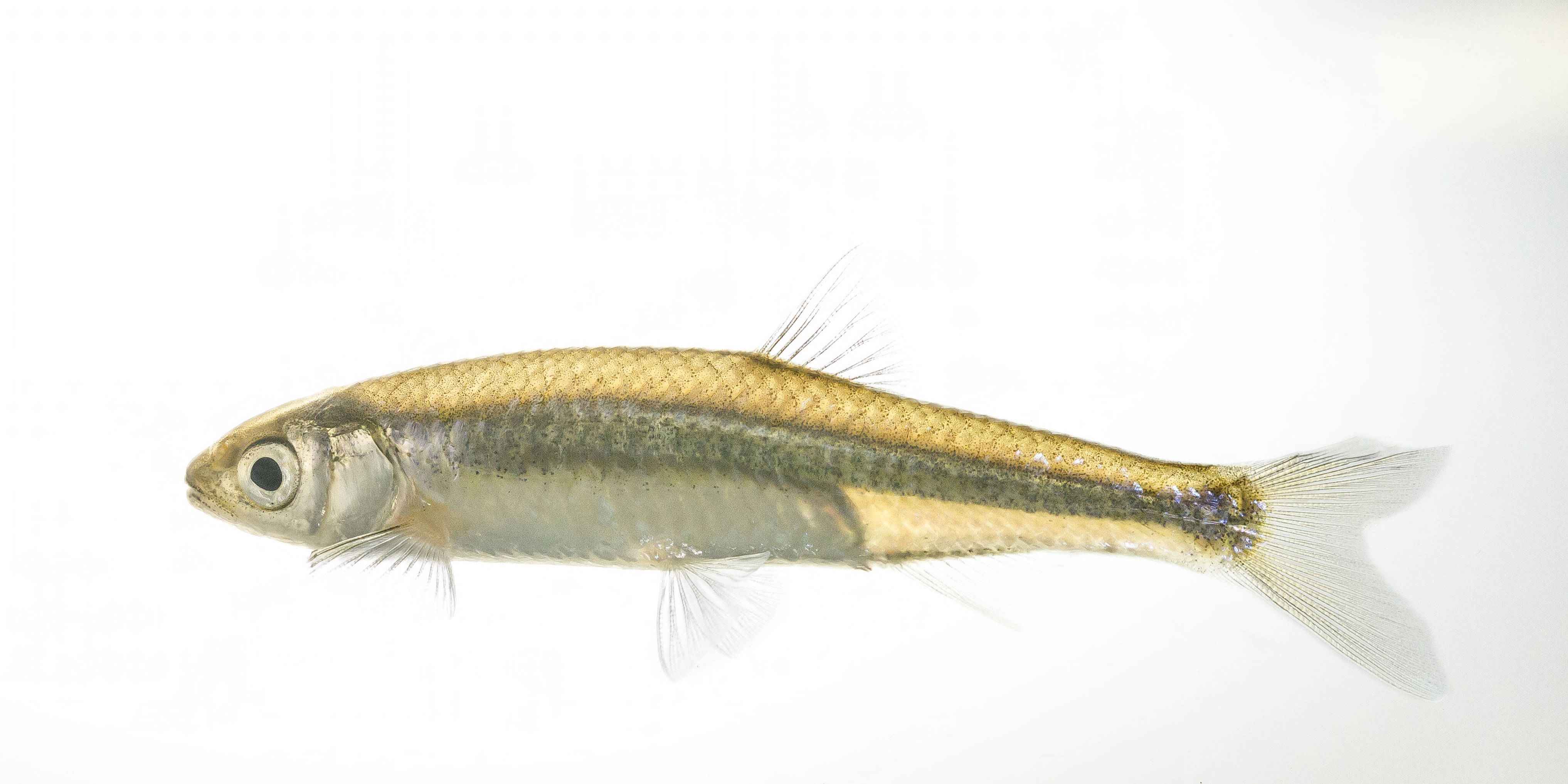
Emerald shiners are fascinating little fish that are commonly found in freshwater habitats across North America. They belong to the cyprinid family and are known for their vibrant emerald-green coloration, which gives them their distinctive name. These small fish are typically found in large schools and play a vital role in the ecosystem as prey for larger predatory fish and birds.
In this article, we will dive deep into the world of emerald shiners and explore their intriguing characteristics, behavior, and ecological significance. From their physical attributes to their habitat preferences, we will uncover 18 interesting facts about emerald shiners that will leave you amazed by the wonders of these tiny aquatic creatures.
So, buckle up and get ready to discover some fascinating insights into the lives of emerald shiners!
Key Takeaways:
- Emerald Shiners are small, colorful fish that play a big role in the food chain, providing food for larger fish and birds. Their ability to adapt to different environments makes them important for freshwater ecosystems.
- Conservation efforts are crucial to protect Emerald Shiners from threats like pollution and overfishing. Their population serves as an indicator of the overall health of freshwater ecosystems, making their survival important for the balance of nature.
Habitat
The Emerald Shiner is primarily found in the Great Lakes region of North America, particularly in Lake Erie.
Size
These fish typically grow to be around 2-3 inches in length, making them quite small.
Diet
The Emerald Shiner primarily feeds on plankton and small aquatic insects.
Schooling Behavior
These fish are known for their strong instinct to school together in large numbers for protection.
Lifespan
The average lifespan of an Emerald Shiner is around 2-3 years.
Reproduction
During the breeding season, the male Emerald Shiners develop bright colors to attract females.
Migratory Patterns
Emerald Shiners exhibit diurnal migratory behavior, meaning they move towards the surface of the water during the day and return to deeper areas at night.
Contributions to the Ecosystem
As a forage fish, Emerald Shiners play a vital role in the food chain, providing a food source for larger predatory fish.
Sensory Organs
These fish have well-developed sensory organs, including lateral lines, which help them detect movement and vibrations in the water.
Adaptability
The Emerald Shiner is highly adaptable to varying water conditions, allowing it to thrive in different environments.
Swift Swimmers
These fish are known for their fast swimming abilities, allowing them to quickly dart away from predators.
Threats
Emerald Shiners face threats from pollution, habitat destruction, and overfishing in some areas.
Commercial Importance
Due to their abundance, Emerald Shiners are often used as bait in recreational fishing and are also harvested for commercial purposes.
Ecosystem Indicator
The population of Emerald Shiners is often used as an indicator of the overall health of freshwater ecosystems.
Migration for Spawning
During the spawning season, Emerald Shiners migrate to shallow areas with vegetation to lay their eggs.
Fast Reproduction
The female Emerald Shiner can lay hundreds of eggs at a time, leading to rapid population growth under favorable conditions.
Importance to Birds
Emerald Shiners are an important food source for many bird species, including herons, gulls, and kingfishers.
Conservation Efforts
Conservation organizations work to protect the habitats and populations of Emerald Shiners to ensure their long-term survival.
These 18 Emerald Shiner facts highlight the importance of this small yet significant fish in the aquatic ecosystems. With their vibrant colors and unique characteristics, Emerald Shiners continue to fascinate researchers and nature enthusiasts alike.
Conclusion
In conclusion, the Emerald Shiner is a fascinating fish species that inhabits freshwater ecosystems in North America. With their vibrant emerald coloration and unique behaviors, these small fish play an important role in the aquatic food chain. Despite their small size, Emerald Shiners have managed to thrive and adapt to changing environmental conditions.Their ability to spawn in large numbers and serve as a vital food source for larger predatory fish make them a crucial part of the ecosystem. Additionally, their interesting reproductive strategies, such as their ability to deposit adhesive eggs on submerged vegetation, further highlight their adaptability.As we continue to study and learn more about the Emerald Shiner, it becomes evident that these little fish have a big impact on their surrounding environment. By understanding their behavior, habitat requirements, and ecological significance, we can work towards their conservation and ensure the continued health of freshwater ecosystems.
FAQs
1. Where can Emerald Shiners be found?
Emerald Shiners are native to freshwater habitats in North America, particularly in the Great Lakes region and surrounding tributaries.
2. What do Emerald Shiners eat?
These fish primarily feed on small aquatic invertebrates, including zooplankton and insect larvae.
3. How big do Emerald Shiners grow?
On average, Emerald Shiners reach a length of around 2 to 3 inches (5 to 7.5 centimeters).
4. Are Emerald Shiners commercially important?
Yes, Emerald Shiners are often used as bait in recreational fishing due to their size and abundance.
5. Do Emerald Shiners have any predators?
Yes, larger predatory fish such as bass, walleye, and pike feed on Emerald Shiners as part of their diet.
6. Are Emerald Shiners endangered?
While they are not currently listed as endangered, habitat loss and pollution are potential threats to their populations.
7. Do Emerald Shiners have any unique behaviors?
Yes, one of their interesting behaviors is their ability to swim in tight schools, providing protection against predators.
8. Can Emerald Shiners be kept as pets?
Due to their specific habitat requirements and small size, Emerald Shiners are not commonly kept as pets.
9. How do Emerald Shiners reproduce?
Emerald Shiners spawn in large groups, with females depositing adhesive eggs on submerged aquatic vegetation.
10. Are Emerald Shiners a popular choice for research studies?
Yes, the Emerald Shiner is often used as a model organism in studies related to fish ecology and behavior.
Was this page helpful?
Our commitment to delivering trustworthy and engaging content is at the heart of what we do. Each fact on our site is contributed by real users like you, bringing a wealth of diverse insights and information. To ensure the highest standards of accuracy and reliability, our dedicated editors meticulously review each submission. This process guarantees that the facts we share are not only fascinating but also credible. Trust in our commitment to quality and authenticity as you explore and learn with us.


